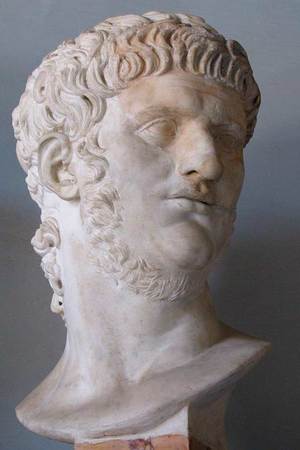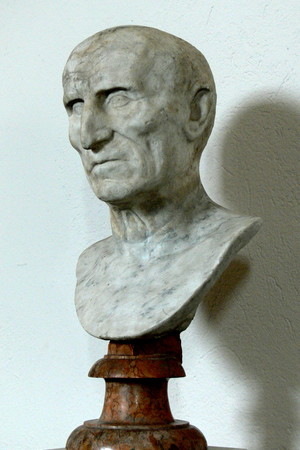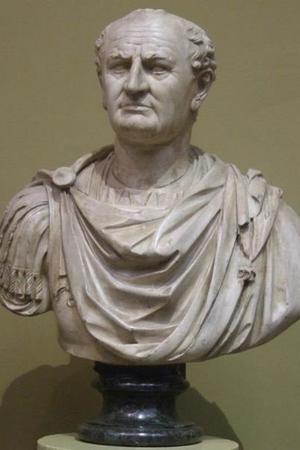Year of the Four Emperors
The Year of the Four Emperors (Latin: annus quattuor imperatorum) refers to the period in Roman Empire history (68-69 AD) during which four rulers occupied the throne in quick succession: Galba, Otho, Vitellius, and Vespasian.
 Map of the Roman Empire during the Year of the Four Emperors
Map of the Roman Empire during the Year of the Four Emperors
End of Nero's reign
In March 68 AD, the governor of Lugdunensis Gaul, Gaius Julius Vindex, raised his legions against Emperor Nero. The task of suppressing the rebellion was assigned to the governor of Upper Germany, Lucius Verginius Rufus. Understanding he couldn't defeat Rufus's forces alone, Vindex called for help from the popular governor of Tarraconensis Spain, Servius Sulpicius Galba, and proposed that he declare himself emperor. Initially hesitant, Galba eventually supported the uprising. The legions in Spain and Gaul proclaimed him emperor, and he marched to join Vindex.
In May 68 AD, Rufus's troops, camped at Vesontio, attacked Vindex's legions on their own accord and defeated them. The remnants of the rebellious legions fled and joined Galba. Verginius Rufus's troops proclaimed their commander emperor, but Rufus allowed Galba's army to proceed to Rome, declaring that he entrusted himself and his legions to the Senate.
Nymphidius Sabinus, the Praetorian Prefect, decided to support Galba by promising the Praetorians donatives on his behalf. Thus, Nero lost his protection and was forced to leave Rome, heading to the villa of one of his freedmen, where he committed suicide on June 9.
Galba's reign
Galba's entry into Rome was marked by slaughter—he ordered his troops to attack a legion of sailors enlisted by Nero, who came to meet the new emperor to request Roman citizenship rights. Shortly after entering the capital, Galba incurred the wrath of the Romans by ordering the recovery of the lavish gifts Nero had distributed in his final years to replenish the state treasury. Soldiers and Praetorians were also dissatisfied with the emperor, learning they would not receive the money promised by Sabinus for their loyalty to the new ruler. The legions in Lower Germany were the first to openly show hostility in January 69 AD by proclaiming their governor, Vitellius, emperor. Learning of this, Galba decided to appoint a successor. He chose Lucius Calpurnius Piso. The Praetorian Guard, expecting donatives, were once again left empty-handed and were on the brink of mutiny. Marcus Salvius Otho, desiring to be adopted instead of Piso, exploited this discontent to organize a conspiracy against Galba. On January 15, 69 AD, Galba was killed by the Praetorians in the Forum. His head, impaled on a spear, was paraded around the City for several days. Piso was also killed that day. The Senate proclaimed Otho as princeps.
Otho's Reign
The new emperor faced a struggle against Vitellius, who commanded a more battle-hardened army, relying primarily on the seasoned upper German legions, whereas Otho gathered troops stationed in Rome and Italy—soldiers corrupted by idleness, frequent handouts, and commanders' flattery. However, four Illyrian legions were on the way, and he had the support of the navy, ensuring a steady supply of provisions. In the war that ensued in northern Italy, Otho's generals won the first three minor battles but suffered defeat on April 14, 69 AD, in the first Battle of Bedriacum (near Cremona). Upon learning of this, Otho committed suicide.
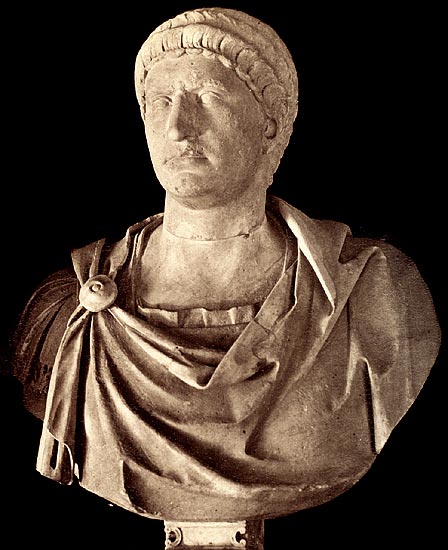 Emperor Otho, 1st century AD
Emperor Otho, 1st century AD
Vitellius ' reign
The Senate recognized Vitellius as emperor on April 19, 69 AD. As princeps, Vitellius indulged in extravagant feasts and celebrations, while his loyal soldiers engaged in looting and killing, thus alienating the population of Rome. In July 69 AD, the eastern and Danubian legions swore allegiance to Vespasian, the governor of Judaea, which severely undermined Vitellius's position. Vespasian's supporter, Marcus Antonius Primus, with the legions of Moesia and Raetia, invaded Italy and defeated Vitellius's forces in the second Battle of Bedriacum. They then marched on Rome, where during the assault on December 20, 69 AD, Vitellius was paraded through the via Sacra by soldiers and eventually killed and thrown into the Tiber.
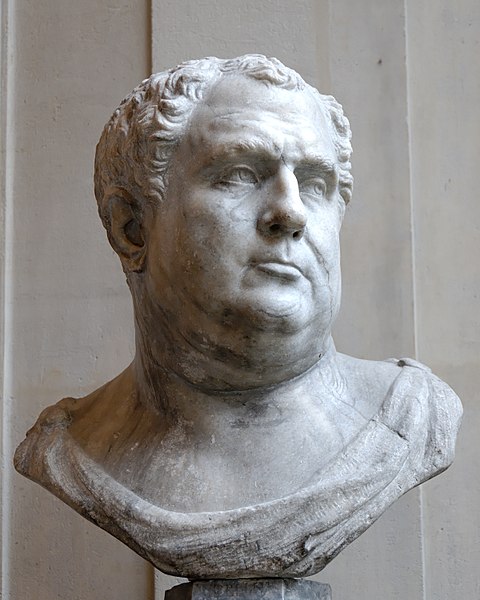 Emperor Vitellius, 1st century AD
Emperor Vitellius, 1st century AD
Vespasian's rise to power
Following Vitellius's death, Titus Flavius Vespasian was recognized as emperor, founding the new Flavian dynasty, which ruled until 96 AD.
Related topics
Roman Empire, The reign of the Julius-Claudian dynasty, Emperors of Rome, Reign of the Flavian Dynasty
